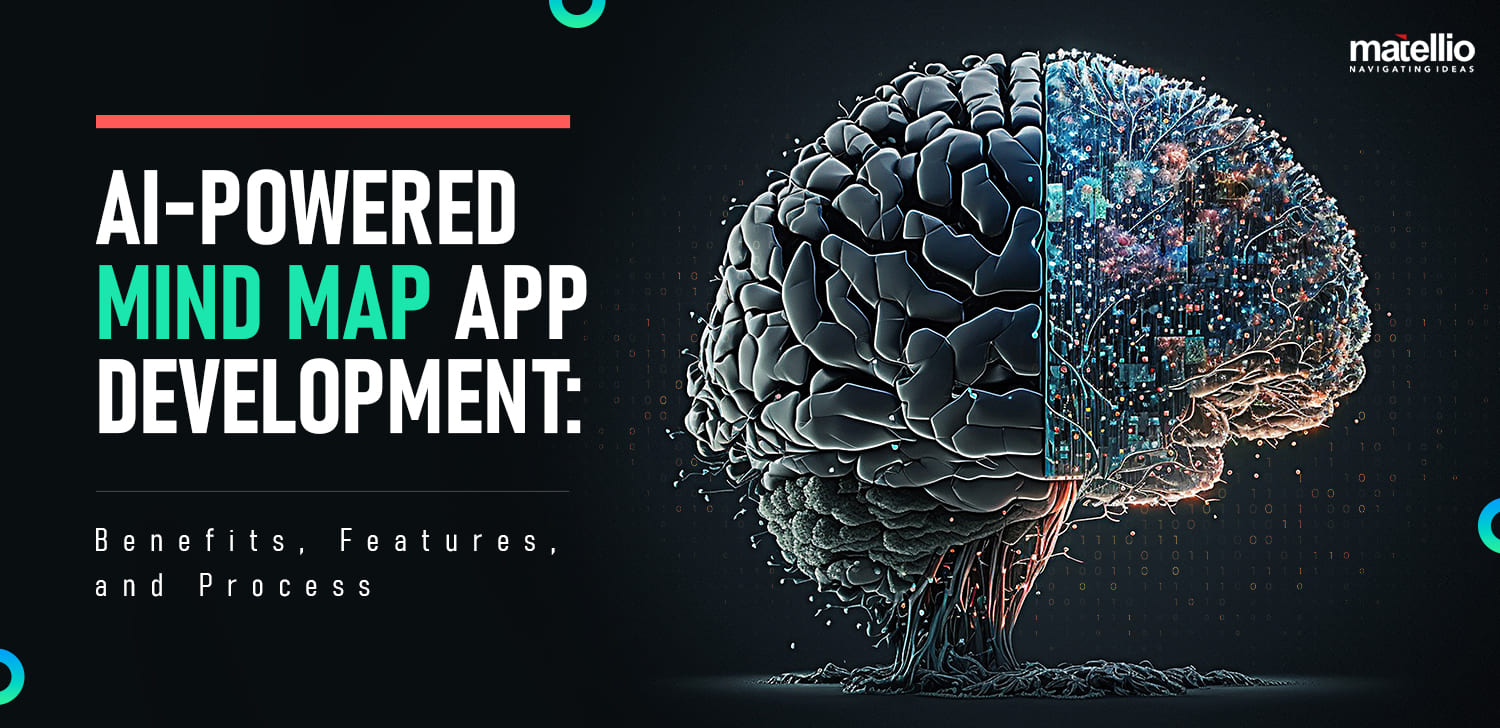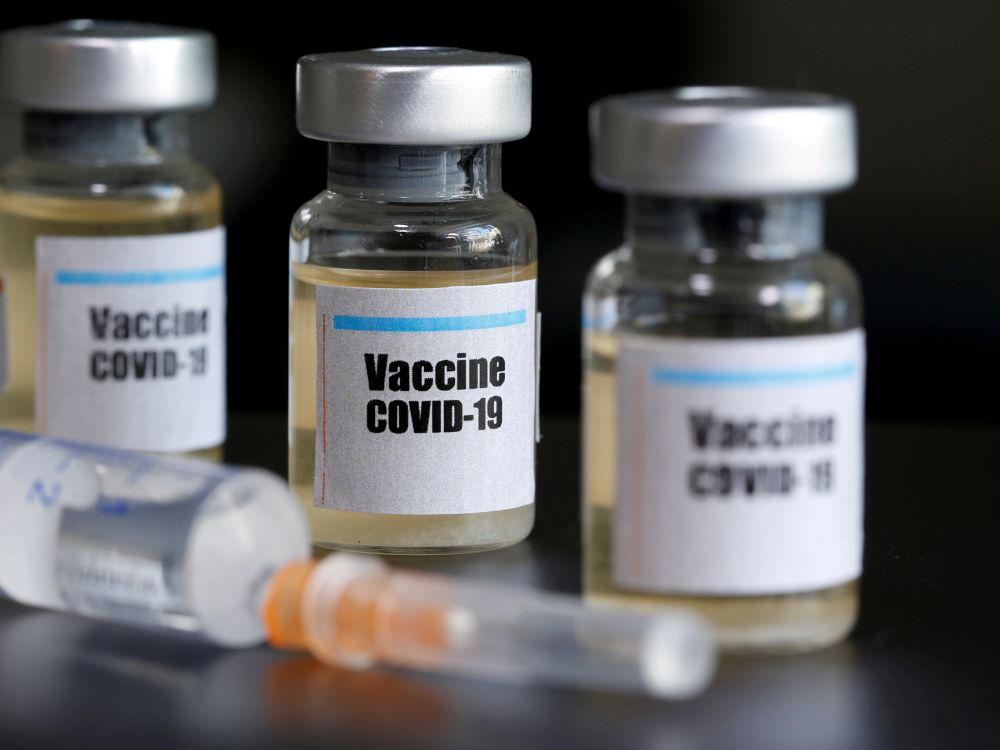AI-Powered Process Safety: A New Patent's Approach To Hazard Reduction

Table of Contents
Understanding the Challenges of Traditional Process Safety
Traditional process safety management relies heavily on methods like HAZOP (Hazard and Operability study), What-if analysis, and fault tree analysis. While these techniques are valuable, they have inherent limitations. They often struggle to keep pace with the increasing complexity of modern industrial processes.
- Time-consuming and resource-intensive assessments: Traditional methods require significant time and expert resources, leading to delays and increased costs. Comprehensive risk assessments can take weeks or even months to complete.
- Difficulty in handling complex, interconnected systems: Modern industrial processes are often highly complex, with numerous interconnected components and variables. Traditional methods often struggle to effectively analyze these intricate systems and identify all potential hazards.
- Limited ability to predict rare or unforeseen events: Traditional techniques primarily focus on known hazards and may overlook rare or unforeseen events that could lead to serious incidents. This reactive approach often leaves organizations vulnerable to unexpected failures.
- Reactive rather than proactive hazard identification: Most traditional methods are reactive, focusing on identifying hazards after an incident has occurred or nearly occurred. This limits their effectiveness in preventing future incidents.
These limitations highlight the need for more advanced and proactive approaches to process safety management, leading to the development and application of AI-powered solutions. Effective process safety management is crucial for minimizing risk and ensuring the safety of personnel and the environment.
The Role of AI in Enhancing Process Safety
Artificial intelligence, particularly machine learning and deep learning algorithms, offers a powerful new approach to process safety. AI can analyze vast datasets – including sensor data, historical incident reports, and process parameters – to identify patterns and predict potential hazards with greater accuracy and speed than traditional methods.
- Real-time monitoring and anomaly detection: AI systems can continuously monitor process parameters and identify anomalies that might indicate developing hazards, providing immediate alerts and allowing for rapid intervention.
- Predictive modeling of potential incidents: By analyzing historical data and identifying patterns, AI algorithms can predict the likelihood of future incidents, enabling proactive mitigation strategies. This predictive maintenance capability is invaluable for preventing costly and dangerous incidents.
- Automated alerts and notifications for imminent risks: AI-powered systems can automatically generate alerts and notifications when potential hazards are detected, ensuring timely intervention and preventing escalation.
- Optimization of safety procedures and protocols: AI can be used to optimize existing safety procedures and protocols based on data analysis, ensuring that safety measures are as effective as possible.
The application of machine learning and deep learning techniques within industrial AI is rapidly transforming how organizations approach risk assessment and management. Data analytics and real-time monitoring are key components driving this transformation.
The New Patent: A Detailed Overview
While specific details of the patent may be confidential, a newly filed patent (Patent Application Number: [Insert Patent Number if Publicly Available]) proposes a novel approach to AI-powered process safety. This system leverages [ mention specific AI techniques if available in public information, e.g., Recurrent Neural Networks (RNNs) and Convolutional Neural Networks (CNNs) ] to analyze data from multiple sources, including [ mention data sources, e.g., process sensors, historical maintenance records, and environmental monitoring systems ].
- Specific AI algorithms employed: [ List specific algorithms if publicly available. Otherwise, describe the general type of algorithms used, e.g., "The system utilizes advanced machine learning algorithms to identify patterns and predict anomalies." ]
- Data sources utilized by the AI system: The system integrates data from various sources to provide a holistic view of process safety.
- Unique features and advantages over existing solutions: The patent claims significant improvements in accuracy, speed, and the ability to handle complex, interconnected systems.
- Patent application number: [Insert Patent Number if Available]
This innovative technology promises to significantly improve the effectiveness of process safety management across various industries.
Benefits and Applications of AI-Powered Process Safety
The adoption of AI-powered process safety offers numerous benefits, leading to significant improvements in operational efficiency and safety performance.
- Reduced operational downtime due to proactive hazard mitigation: By identifying and addressing potential hazards before they escalate, AI can significantly reduce downtime caused by incidents.
- Improved worker safety through early risk detection: AI systems provide early warning of potential hazards, allowing for timely intervention and preventing accidents that could cause injuries or fatalities.
- Enhanced compliance with safety regulations: AI can help organizations meet and exceed safety regulations by proactively identifying and mitigating potential compliance issues.
- Cost savings through optimized resource allocation: AI-driven optimization of safety procedures and protocols can lead to significant cost savings through reduced downtime, improved resource allocation, and lower incident response costs.
- Applications in various industries: The applications of AI-powered process safety extend across a wide range of industries, including chemical, oil & gas, manufacturing, and pharmaceuticals, impacting safety improvement and cost reduction.
Conclusion:
AI-powered process safety represents a significant leap forward in industrial safety. The new patent discussed in this article offers a groundbreaking approach to hazard reduction, promising enhanced safety, increased efficiency, and significant cost savings. Its ability to proactively identify and mitigate risks surpasses the capabilities of traditional methods. By leveraging the power of AI, organizations can build a safer and more productive future. Learn more about this groundbreaking innovation in AI-powered process safety and how it can transform your operations. Explore the potential of AI for enhanced hazard reduction and improved safety performance in your industry. Contact us to discuss how this technology can benefit your organization. Further research into AI-powered process safety solutions is encouraged to enhance safety and efficiency in your processes.

Featured Posts
-
 Guardians Extra Inning Rally Secures Opening Day Victory Over Royals
Apr 30, 2025
Guardians Extra Inning Rally Secures Opening Day Victory Over Royals
Apr 30, 2025 -
 Bibee Judge And A Thrilling Guardians Yankees Matchup
Apr 30, 2025
Bibee Judge And A Thrilling Guardians Yankees Matchup
Apr 30, 2025 -
 Series Win For Yankees Judge And Goldschmidts Crucial Roles
Apr 30, 2025
Series Win For Yankees Judge And Goldschmidts Crucial Roles
Apr 30, 2025 -
 Pocono Centers Earth Day Festival Fun Learning And Celebration
Apr 30, 2025
Pocono Centers Earth Day Festival Fun Learning And Celebration
Apr 30, 2025 -
 Valneva Analyse Du Document Amf Cp 2025 E1027271 24 Mars 2025
Apr 30, 2025
Valneva Analyse Du Document Amf Cp 2025 E1027271 24 Mars 2025
Apr 30, 2025
